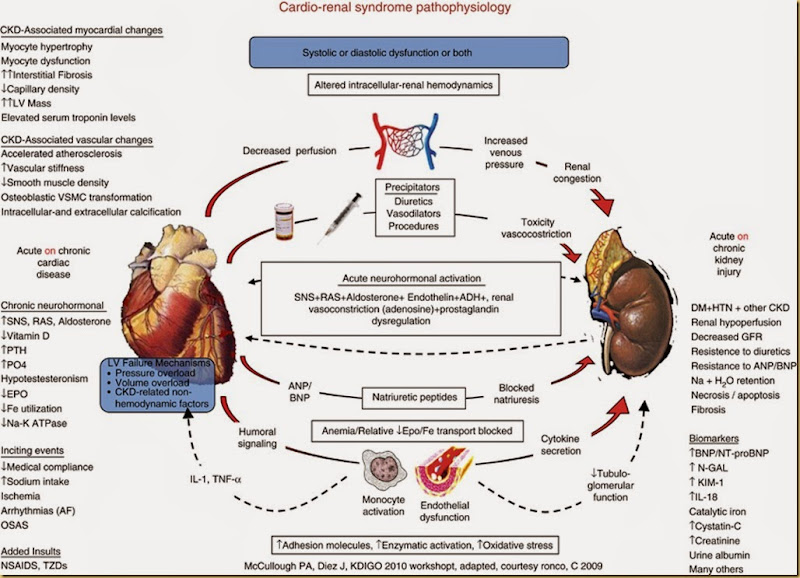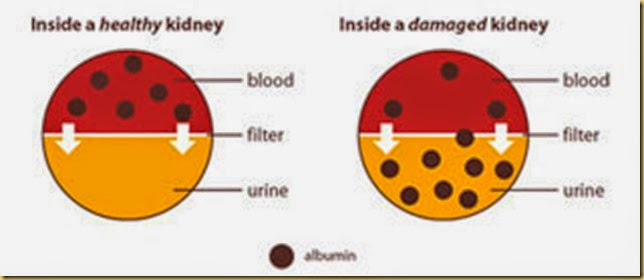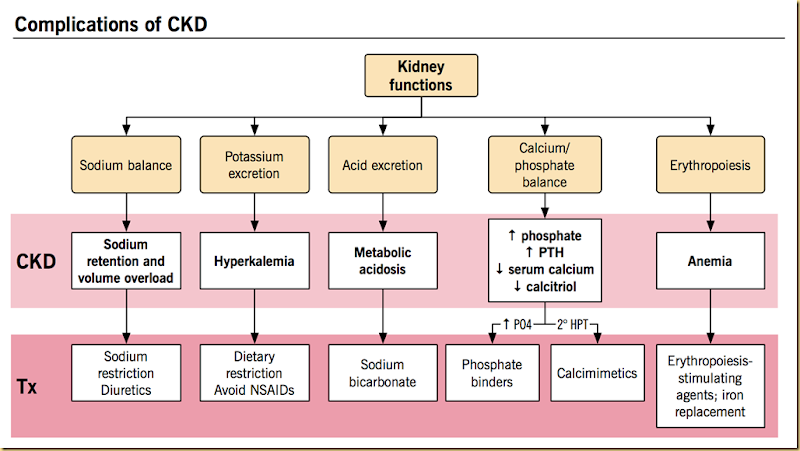WORLD KIDNEY DAY- CHRONIC KIDNEY DISEASE
On the very special day for the beany kidneys, we are going to stir you up about the disease of kidney, especially the chronic kidney disease, with our latest blog.
Overview
Kidney, being one the most vital organ (of course all organs are vital but Kidney is close to topping the chart) most often gets neglected by common people. By the time patients realize the complications it can yield, the disease would have reached an advanced stage. March 12th -World Kidney Day did not get the attention it most certainly requires among the masses. So let’s get to know more about Chronic Kidney Diseases (CKD).
What is CKD?

Chronic Kidney Disease is defined as persistent kidney damage accompanied by a reduction in the glomerular filtration rate (GFR) and the presence of albuminuria.
STATISTICS AND ETIOLOGY
According to World Health Organization (WHO) Global Burden of Disease Project, disease of the kidney and urinary tract contribute to approximately 8,50,000 deaths every year of which Chronic Kidney Disease (CKD) is the 12th leading cause of death and 17th leading cause of disability in the world. The global increase in CKD is due to diabetes mellitus, hypertension, obesity, and aging. The two most common causes of kidney disease are diabetes and high blood pressure. People with a family history of any kind of kidney disease are also at high risk.
DIABETIC NEPTHROPATHY
It is a progressive disease characterized by nephrotic syndrome and diffuse glomerulosclerosis. Initially it causes glomerular hyperfiltration which progresses to BM (Basement membrane)thickening which leads to microalbuminuria .This is the earliest detectable change in the course of diabetic nephropathy. Proliferation of mesangium follows and finally nodular sclerosis occurs. The Armanni-Ebstein change or Armanni-Ebstein cells which are deposits of glycogen in the tubular epithelial cells are seen in the end stages of this disease.
HYPERTENSION AND CKD
The relationship between HTN and CKD is cyclic in nature. Uncontrolled HTN is a risk factor for developing CKD and is also associated with a more rapid progression of CKD. Primarily, there is impairment in the glomerular filtration causing microalbuminuria.
OTHER CAUSES
Autoimmune diseases (such as systemic lupus erythematosus and scleroderma),infection-related diseases, and sclerotic diseases may also cause CKD. Irrational use of NSAID's can also lead to CKD by causing interstitial nephritis.
SIGNS AND SYMPTOMS
The patient usually presents with the following symptoms:-
- Odema
- Persistent fatigue or shortness of breath
- Loss of appetite
- Increasing blood pressure
- Pale, itchy, dry skin
- Odour in breath
STAGING OF CKD
- Staging can be done by the following investigations:
- Glomerular filtration rate (GFR)
- Urine albumin:

- Blood Urea Nitrogen (BUN)
- Kidney imaging
- Kidney Biopsy
COMPLICATIONS
The kidneys make and release hormones and balance the minerals in the blood. When the kidneys stop working, most people develop conditions that affect the blood, bones, nerves, and skin. These complications can range from uncomfortable to damaging and potentially even life-threatening. Managing these complications may help prevent or slow further damage to your kidneys and help you stay as healthy as possible.
The following image may shortly explain the complications of chronic kidney disease:-

TREATMENT OPTIONS
For stages I- IV, the first line therapy is to not only lower BP, but also to reduce proteinuria. Such drugs are:
- ACE Inhibitors
- ARB's
- Thiazide/Loop diuretics
- Aldosterone antagonists
- Renin inhibitors
- Calcium Channel Blockers
- Beta blocker
Lifestyle modifications are also suggested:
Increase physical activity, weight loss, and dietary modifications. Patient should be advised not to smoke/consume alcohol, explaining his situation.
For Vth stage of the disease, RTT (Renal Replacement Therapy) is advised.
Renal replacement therapy includes kidney transplant, peritoneal dialysis & Hemodialysis. Renal replacement therapy is usually indicated in end stage renal disease.Labels: Featured, Top



